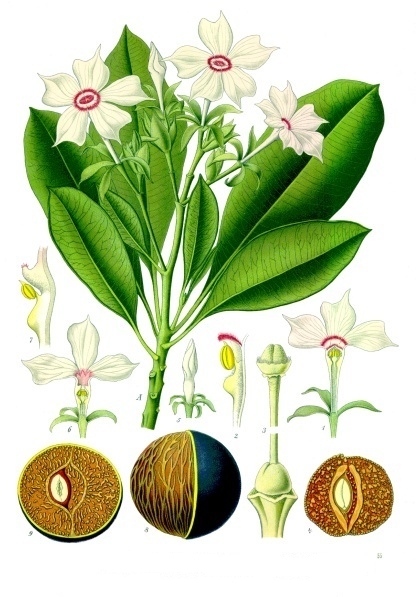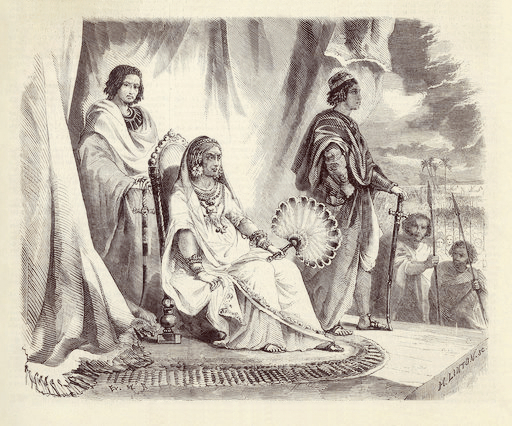Before giving the poison to the human the tangena would be given to a dog or chicken to check its efficacy, once they’d died the human on trial would be given the chance to prove their innocence. The accused would be fed the poison along with three pieces of chicken skin. If all three pieces of skin were vomited up then they were declared innocent, but death or a failure to spew up all three pieces of skin indicated guilt.
Here’s what the plant looks like, it’s also called the suicide tree and has been used for suicides and murders throughout Asia for decades. Apparently it’s virtually undetectable in an autopsy too:

Residents of Madagascar would accuse one another of various crimes, including theft, Christianity and especially witchcraft, for which the ordeal of tangena was routinely used.
It’s estimated that between 20% and 50% of those that ingested tangena would die. In the 1820s, the tangena ordeal caused about 1,000 deaths annually. This average rose to around 3,000 annual deaths between 1828 and 1861. In 1838, it was estimated that as many as 100,000 people in Imerina died as a result of the tangena ordeal, constituting roughly 20 percent of the population. That’s a butt load of poisonings.

The ordeal of tangena was banned in 1861 but some believe it still continues today in some remote areas of Madagascar…
☛ Read Now: Most Brutal Execution Methods #2: Scaphism















